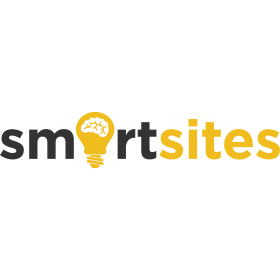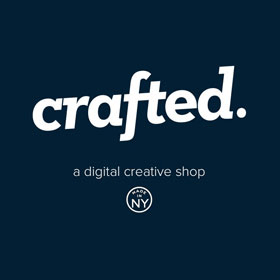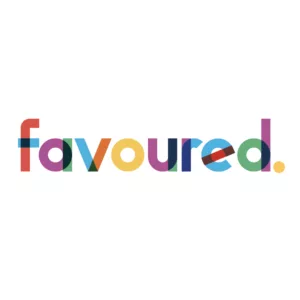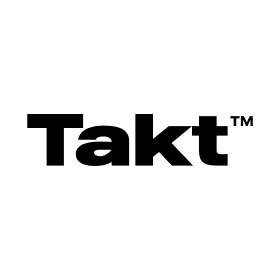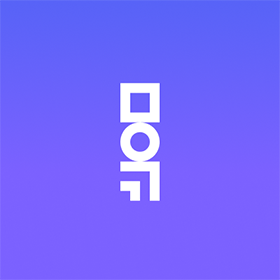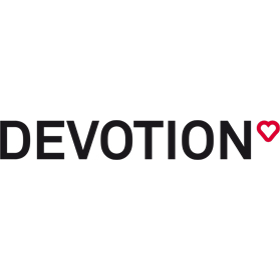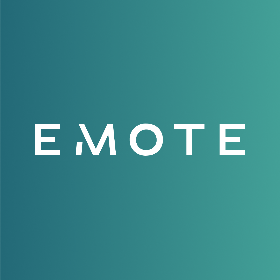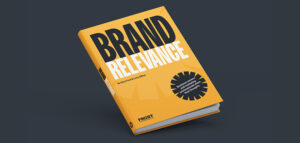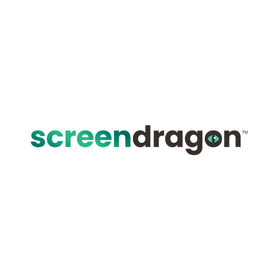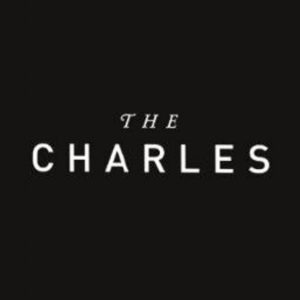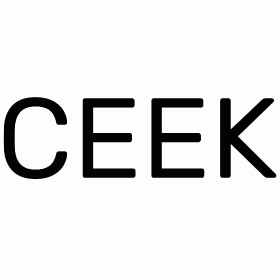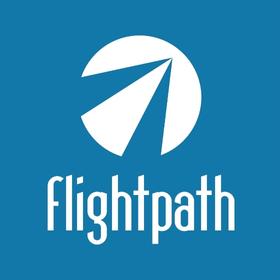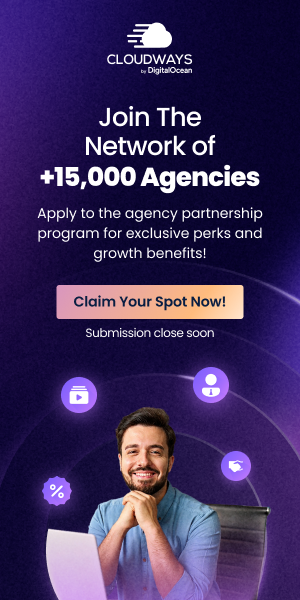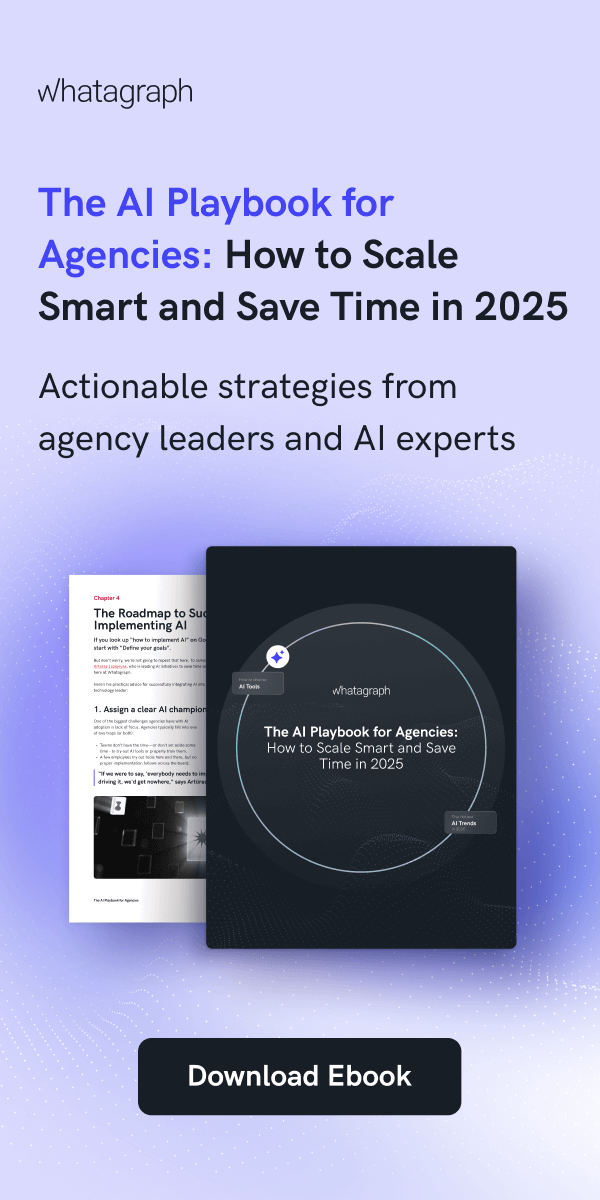
A Guide to Audio Advertising
Audio advertising is a powerful way to connect with audiences in all types of markets. And it doesn’t just highlight what your business offers—it can bring your brand’s personality to life. Compared to traditional print and digital strategies, audio offers key advantages, like access to attentive listeners. In fact, podcasts—one of the biggest vehicles for audio ads—continue to rise in popularity, with the average American tuning into 8.3 episodes per week.
On the surface, producing and distributing audio ads might seem complicated, especially if you’re handling everything in-house. But with the right approach, they can be a powerful tool for building awareness and driving action. So what sets this form of advertising apart, and how can your business use it effectively? Here’s what you need to know.
What Is Audio Advertising and How Does It Work?
Audio ads are commercials that rely on sound instead of visuals. Whether on the radio, streaming platforms, or podcasts, these ads use voice, music, and other “sonic elements” to grab listener’s attention in a way that stands apart from traditional print, TV, and digital ads.
Just like any other marketing effort, creating an effective audio ad starts with strategy. Companies determine an intended audience, which platforms will be most effective, and overall marketing goals—whether that’s driving website traffic, free trial sign-ups, or online orders.
From there, the production follows a familiar process similar to anything you might hear on the radio or streaming service: A script is written to capture attention, explain the product or service, and encourage action. Voice talent performs or narrates the script in a recording environment. Next, that audio is mixed and edited. The final product is sent to distributors-–such as podcast networks or streaming platforms—to reach specific audiences.
Benefits of Audio Advertising
Audio advertising is a smart choice for a lot of businesses. From a cost angle, they’re typically cheaper to produce than televised ads and allow for wider distribution at more affordable rates. And in terms of creativity, there’s a lot more you can do with an audio ad than with a digital web banner. That combination makes it possible to create a polished, high-end commercial without draining your marketing budget.
The variety of audio platforms makes it easy to reach niche audiences through this format. If you’re promoting vacation packages, ads placed on travel podcasts reach listeners already interested in planning trips. If targeting Gen Z, ads can run while they stream the artists they listen to most. This level of targeting helps ensure ads are heard by the right audience at the right time.
How Effective is Audio Advertising?
Podcast ads can deliver up to 4.9 times higher ROI than other digital formats, making them a cost-effective way to reach engaged audiences. This may be because people are listening more and watching less—over the past decade, consumer time spent on audio has surged by 183%, while TV viewership has dropped by 43%, according to SiriusXM.
SiriusXM research also shows that audio ads capture 50% more attention per impression than TV, social media, and online display ads. Since people often listen while commuting, working, or doing chores, they stay tuned in longer, giving brands more chances to make an impact.
Types of Audio Advertising
Traditional radio ads are those you might hear over the air but aren’t always digitally produced. In some cases, they may be read live on AM/FM stations. These messages are usually intended for broad local or national audiences as opposed to those with niche interests or more specific demographics.
By comparison, digital audio ads are produced for targeted platforms like music streaming services, podcast networks, and audiobook apps. While music and audiobook ads are typically short and generalized, podcast ads are often more tailored to the show’s content. For example, a podcast host may read the ad, creating a seamless transition between the program and the brand’s message.
Creating an Effective Audio Ad
An audio ad is only as effective as the strength of its message. A well-organized, concise script is essential, especially since audio ads typically run between 15 and 60 seconds. With such limited time, every word should serve a purpose and grab attention. Ending with a strong call-to-action ensures listeners know exactly what to do next.
Production quality is equally important as messaging. To ensure listeners don’t second-guess your brand or miss key details, it’s crucial to select the right voice talent and have them record in a soundproof environment, such as a professional studio. Adding branding elements—such as jingles or sound effects—can also make the ad more memorable.
Finally, consider how your audio advertisement is delivered to ensure it reaches the right audience. An experienced audio advertising agency can help research the most effective platforms, assist with distribution, and provide production support.
Audio Advertising Platforms
Audio advertising platforms help businesses run commercial spots across streaming services, podcasts, and digital radio. A good platform should function like an all-in-one resource, offering targeting tools, creative support, flexible budgeting, a variety of distribution options, performance tracking, and more.
AudioGO, for example, is an intuitive self-serve platform that connects brands with major streaming services like Spotify, SiriusXM, and Pandora. It allows businesses to broadcast to highly specific audiences, control spending, and track performance in real-time. They also offer creative tools to help produce a pro-grade spot.
Audio Advertising Targeting and Metrics
Digital audio advertising allows businesses to target listeners based on demographics, location, interests, and listening habits, ensuring ads reach the most relevant listeners. Some platforms and agencies can take this a step further using in-depth industry data. AudioGO offers multiple targeting strategies, including Brand Suitability—a Comscore-backed tool that helps advertisers place ads with appropriately aligned content.
There are several important targeting metrics that can track your success. For instance, audio reach is the number of unique listeners who heard an ad, while listen-through rates (LTR) show the percentage of listeners who heard it in full. Conversion rate tracks how many took action, like visiting a website or making a purchase. Together, these insights help advertisers see how effective the content is—and where potential improvements can be made on future campaigns.
Costs and Budgeting for Audio Advertising
Digital audio ads are typically priced on a cost-per-mille (CPM) model, meaning advertisers pay per 1,000 impressions. Rates vary based on market size, ad length, and frequency, with smaller markets being more affordable and larger ones commanding higher prices. Podcast ads, for example, can range from $10 to $50 CPM, depending on the show’s reach and engagement.
To keep spending efficient, start with clear goals and realistic budgets while choosing placements that best match your audience. Tracking performance helps ensure campaign dollars go toward the most effective strategies, allowing businesses to adjust and optimize future efforts.
Examples of Successful Audio Ads
Successful audio ads are often the most creative—and there is a lot of room for innovation.
Burger King’s “Confusing Times” campaign is a great audio advertisement sample from 2021 that used humor to feel relatable in the very uncertain environment of the pandemic.
And in terms of using engaging audio elements, BMW’s “The Future Finds Us” effectively used immersive sound design (and narration by actor Chris Pine) to highlight the innovative features of its electric vehicles.
Final Thoughts
Audio advertising gives businesses a direct line to engaged listeners, offering a unique blend of reach, personality, and high-ROI opportunities. And with streaming audio becoming more popular every year, there’s no time like the present to explore its marketing possibilities. Tapping into this potential and launching a campaign is easier than ever, especially when you have the support of an advertising platform that can help connect your compelling content to the right audience—and deliver real results.

